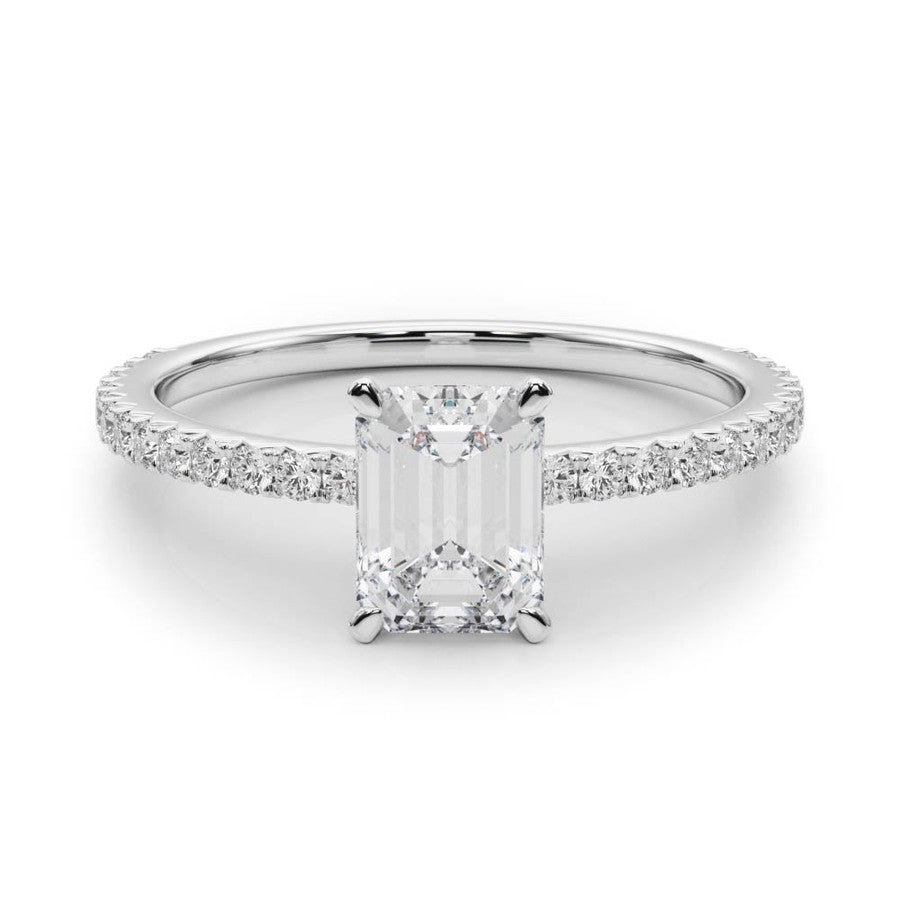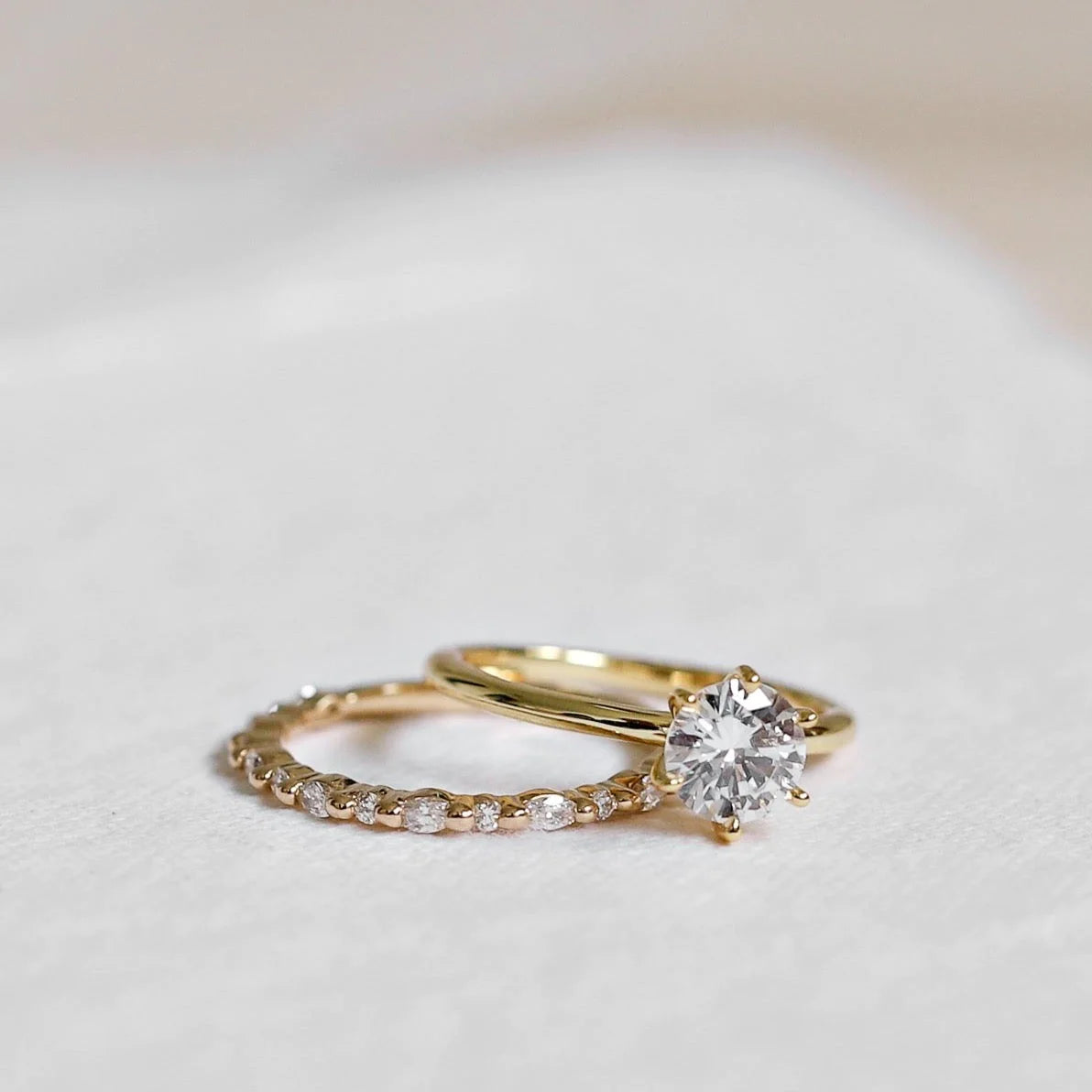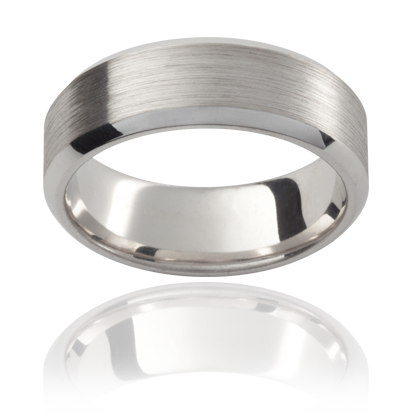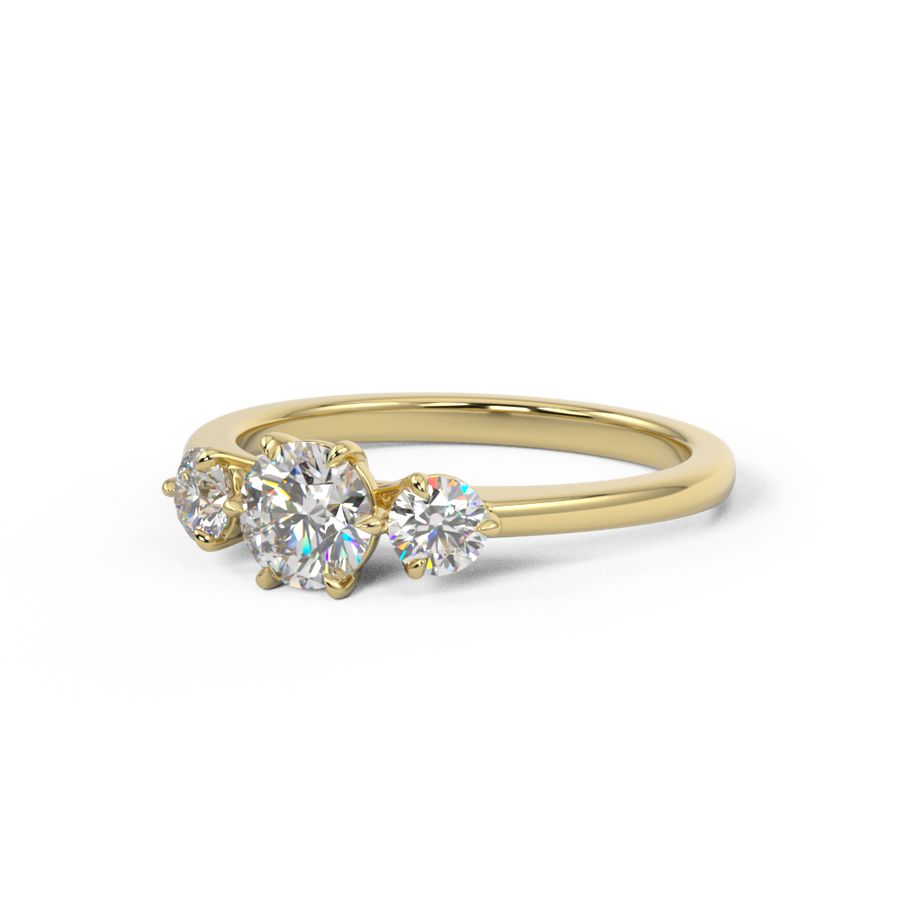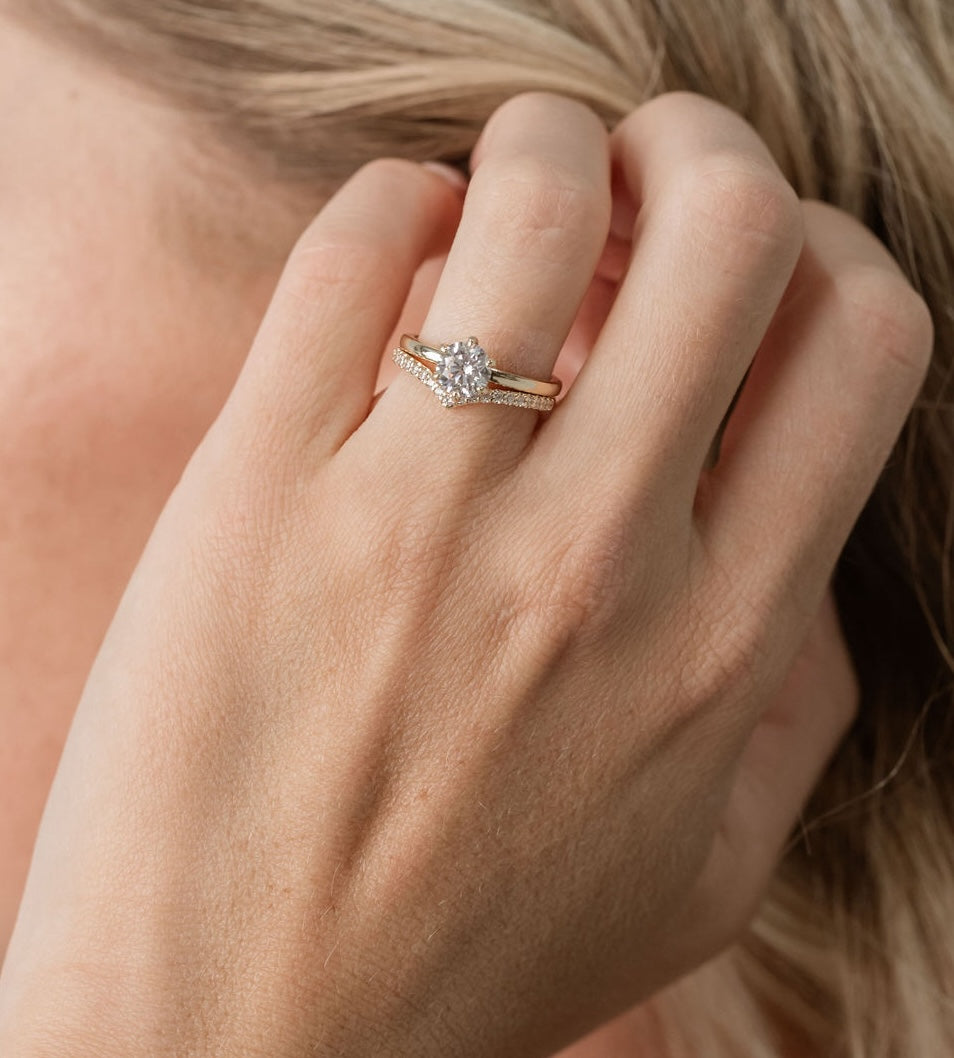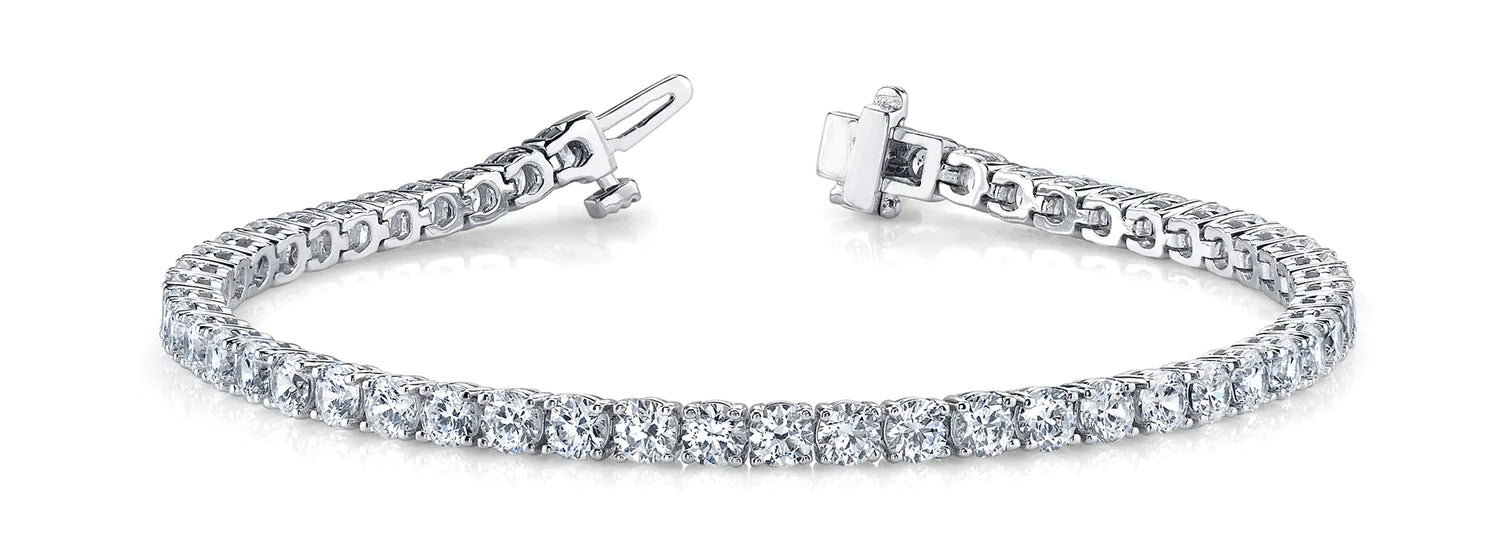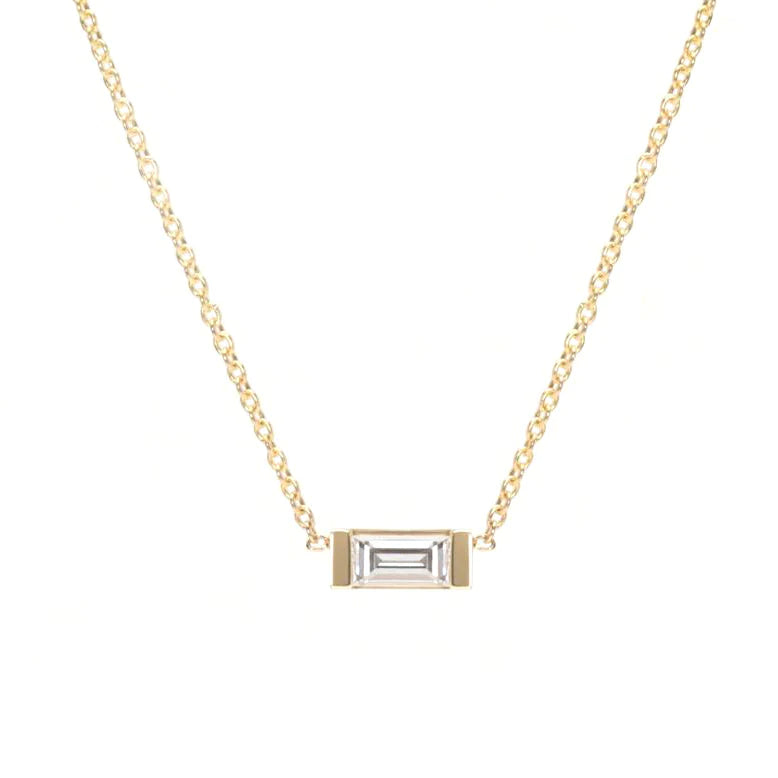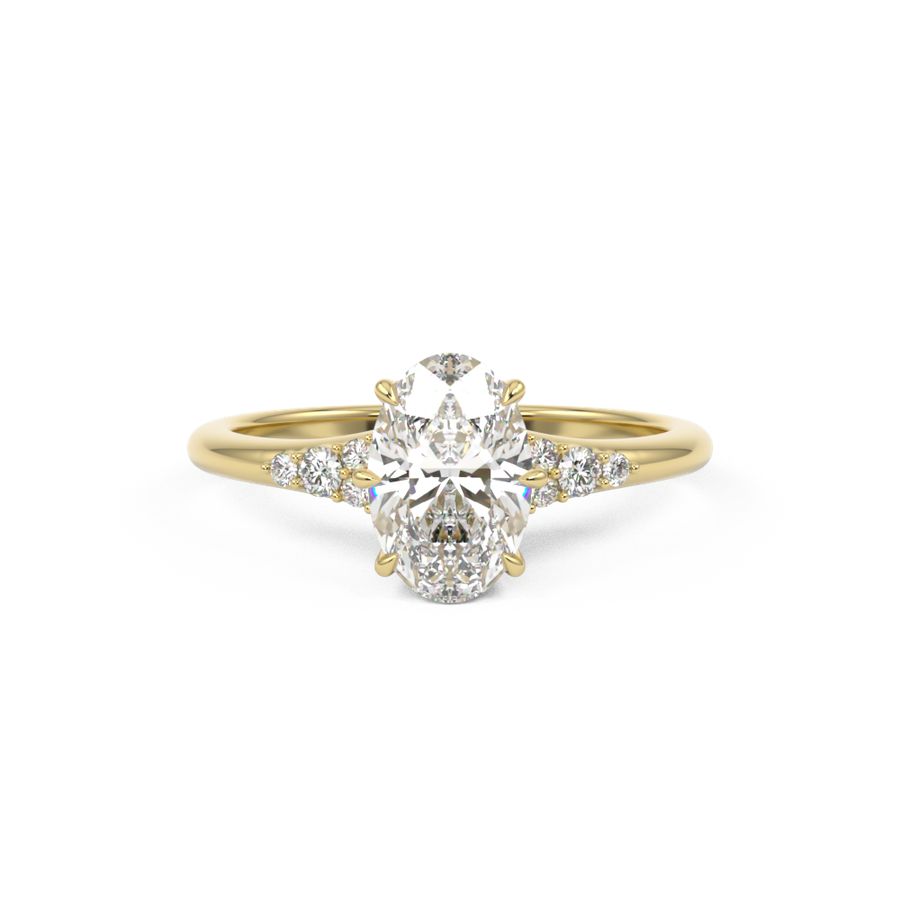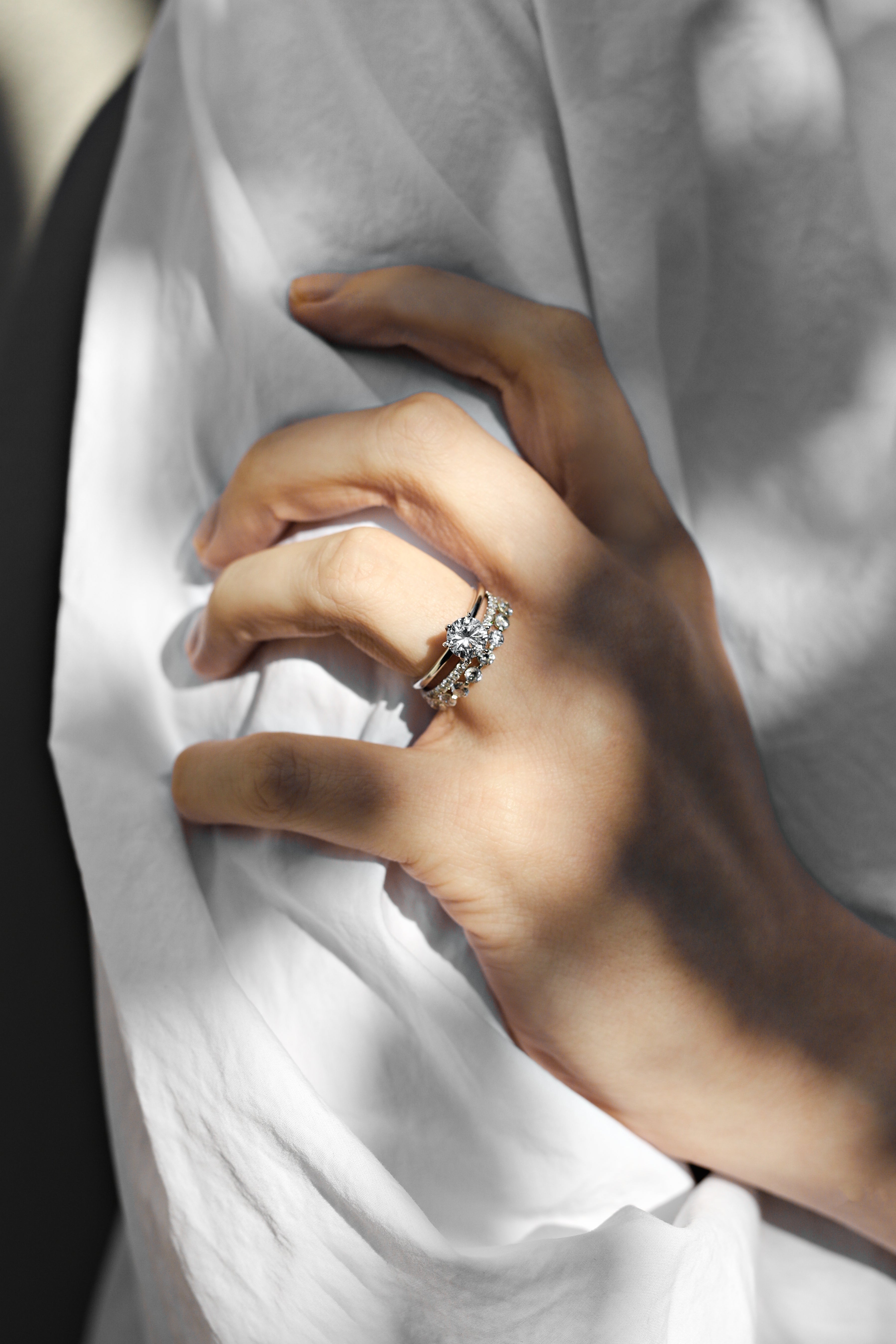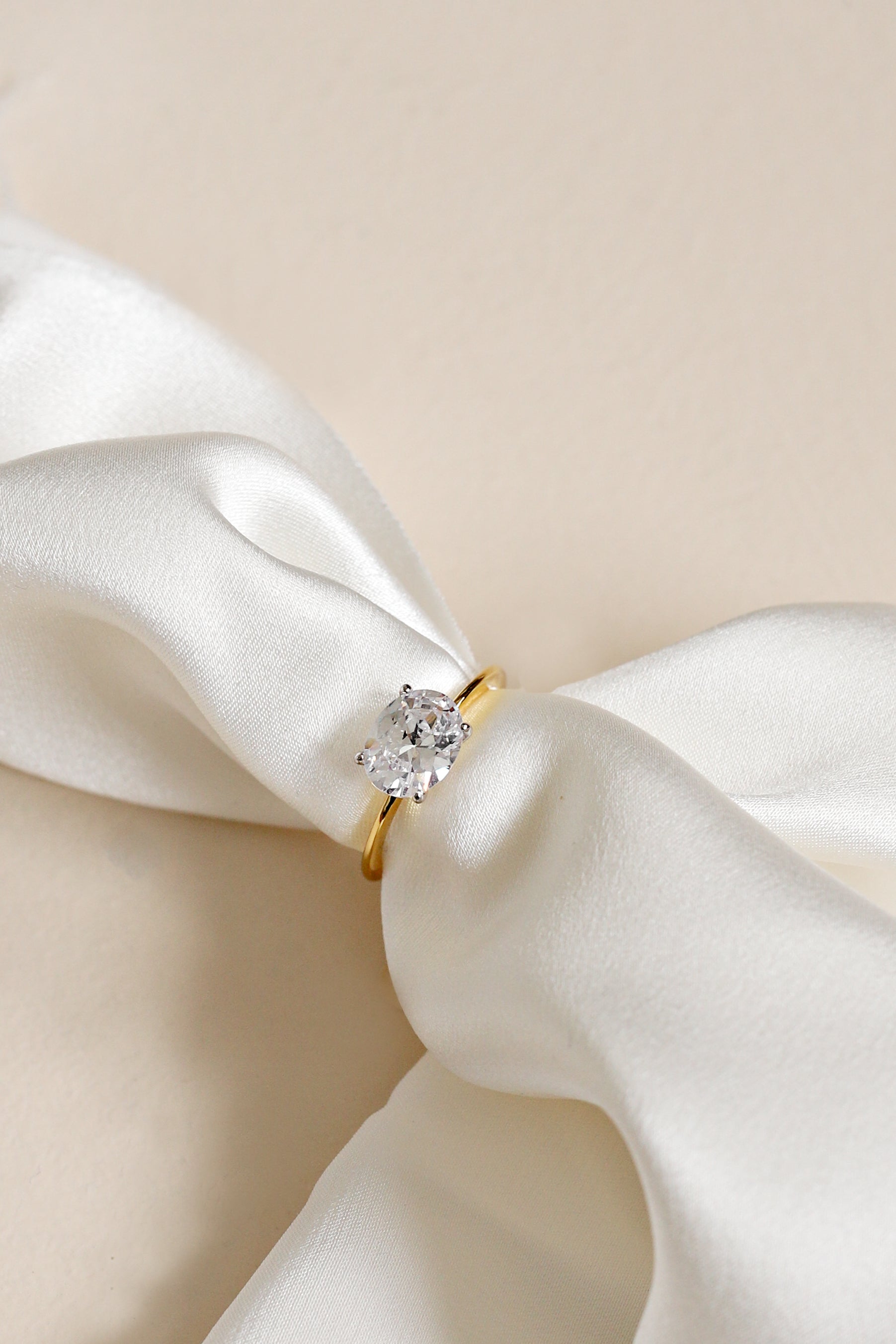Romance (love)
General Definitions and Characteristics of Romantic Love
- Romantic love is a motivational state associated with a desire for long-term mating with a specific individual.
- It is characterized by distinctive cognitive, emotional, behavioral, social, genetic, neural, and endocrine activity.
- Romantic love serves mate choice, courtship, sex, and pair-bonding functions.
- It is a suite of adaptations and by-products that evolved in humans.
- Love involves intense attraction, idealization, and expectation of enduring into the future.
Historical Usage and Cultural Perspectives
- The word 'romance' initially indicated a verse narrative in French.
- European medieval tales and ballads primarily focused on chivalric adventure before incorporating the concept of love.
- The term 'romance' developed other meanings, such as adventurous and passionate, in the 19th century.
- Anthropologists suggest that ancient and primitive societies had complex forms of courtship but may not have formed loving relationships as seen in modern romance.
- In many primitive societies, extramarital and premarital relations were common, but they lacked the characteristics of romantic love.
- Different cultures have varying views and expressions of romantic love.
- Some cultures prioritize arranged marriages, where affection is considered important.
- Western cultures often emphasize the idealization of love and romantic relationships.
- In some cultures, romance may be interpreted as a normal friendship without sexual attraction.
- Cultural perspectives shape the understanding and expression of romantic love.
Courtship Behaviors
- Courtship behaviors are undertaken by individuals to express romantic feelings and emotions.
- These behaviors can include gift-giving, acts of service, quality time spent together, and physical affection.
- Courtship often involves rituals and gestures to demonstrate commitment and interest.
- It is a way for individuals to establish and strengthen their romantic connection.
- Courtship behaviors can vary across cultures and may be influenced by societal norms and expectations.
Evolutionary Perspective and Origin of Romantic Love
- Romantic love is believed to have evolved as a mechanism for long-term mating and pair bonding.
- It is associated with specific cognitive, emotional, and biological processes.
- The desire for romantic love is influenced by evolutionary factors and genetic predispositions.
- Romantic love has adaptive functions in terms of mate selection and reproductive success.
- Evolutionary psychologists study the role of romantic love in human behavior and relationships.
- The origin of romantic love is influenced by the contradiction between sexual desire and societal expectations.
Popularization of the Term Romance and Changing Perspectives on Marriage
- The concept of romantic love became popular in Western culture through the idea of courtly love.
- Knights in the Middle Ages engaged in non-physical and non-marital relationships with noble women, following a complex framework of tradition and etiquette.
- Troubadours often depicted courtly love and domnei in their artistic endeavors, such as lyrical narratives and poetic prose.
- Courtly love allowed for expressions of emotional closeness that may have been lacking in formal arranged marriages.
- The notion of courtly love influenced the popularization of the term 'romance' in Western culture.
- In earlier societies, marriages were primarily arranged to secure alliances and produce offspring.
- Love began to play a more significant role in marriage during the Middle Ages.
- Marriage rituals in the past may be viewed as oppressive by modern standards, prioritizing financial, professional, and political interests over love and romance.
- The discourse of intimacy emerged in the 20th century, emphasizing emotional closeness over passion in relationships.
- Homosexual relationships, which were initially unable to be legally recognized, influenced more open and negotiated relationships in the heterosexual population.
Romance (love) Data Sources
| Reference | URL |
|---|---|
| Glossary | https://harryandcojewellery.com.au/blogs/glossary/romance-love |
| Wikipedia | http://en.wikipedia.org/wiki/Romance_(love) |
| Wikidata | https://www.wikidata.org/wiki/Q1189047 |
| Knowledge Graph | https://www.google.com/search?kgmid=/m/01pxgq |

